socket.io provides real-time two-way communication based on events. The following article mainly introduces relevant information about the basic applications of socket.io. It has certain reference and learning value for everyone. Friends who need it can read it together. Take a look.
Preface
Socket.IO supports timely, two-way and event-based communication. It works on every platform, every browser, and every device with the same reliability and speed.
Real-time analysis: Push data to clients where they will be represented as real-time counters, charts or log clients.
Real-time communication and chat: It only takes a few lines of code to write a Socket.IO "Hello, World" chat application.
Binary streaming transmission: Starting from version 1.0, Socket.IO supports any form of binary file transmission, such as: pictures, videos, audio, etc.
Document merging: Allow multiple users to edit a document at the same time and be able to see the changes made by each user.
Server and client connection
socket.io provides both server and client connections API
The server socket.io must bind an http.Server instance
Bind http.Server
1, Implicit Binding
Implicit binding is performed by passing in the port when instantiating or calling the listen or attach function after instantiation. Socket.io internally instantiates and listens to http.Server
. When instantiating, the incoming port
let io = require('socket.io')(3000)
is directly bound through the listen or attach function. listen is synonymous with attach
let io = require('socket.io') io.listen(3000) // io.attach(3000)
2. Display binding
You can manually specify http.Server
Bind when instantiated
let server = require('http').Server(); let io = require('socket.io')(server) server.listen(3000)
Binding through listen or attach
let server = require('http').Server(); let io = require('socket.io')() io.listen(server) // io.attach(server) server.listen(3000)
can bind http frameworks such as express or koa
express
let app = require('express') let server = require('http').Server(app) let io = require('socket.io')(server) app.listen(3000)
koa
let app = require('koa')() let server = require('http').Server(app.callback()) let io = require('socket.io')(server) app.listen(3000)
Listen to the connection status
When the server and client are successfully connected, the server will listen to the connection and connect events (connection and connect are synonymous), and the client The connect event will be monitored. When the connection is disconnected, the server's socket corresponding to the client and the client will both monitor the disconnect event.
Server code
let server = require('http').Server()
let io = require('socket.io')(server)
server.listen(3000);
io.on('connection', socket => {
console.log('connect')
socket.on('disconnect', () => {
console.log('disconnect')
})
socket.disconnect()
})Print after running
connect disconnect
Client code
let socket = io('http://localhost:3000')
socket.on('connect', () => {
console.log('connect')
})
socket.on('disconnect', () => {
console.log('disconnect')
})Print after running
connect disconnect
Transfer data
Server and client The socket on the client side is an associated EventEmitter object. Events sent by the client socket can be received by the server socket, and events sent by the server socket can also be accepted by the client. Based on this mechanism, two-way communication can be achieved.
Now simulate a situation like this: the client keeps sending random numbers. When the random number is greater than 0.95, the server delays for 1s and then sends a warning and the number of warnings to the client
Server Code
let server = require('http').Server()
let io = require('socket.io')(server)
server.listen(3000);
io.on('connection', socket => {
socket.on('random', value => {
console.log(value)
if (value > 0.95) {
if (typeof socket.warning === 'undefined') socket.warning = 0
setTimeout(() => {
socket.emit('warn', ++socket.warning)
}, 1000)
}
})
}) The socket object can be used to store status information and custom data, such as socket.warning
Client code
let socket = io('http://localhost:3000')
let interval = setInterval(() => {
socket.emit('random', Math.random())
}, 500)
socket.on('warn', count => {
console.log('warning count: ' + count)
})
socket.on('disconnect', () => {
clearInterval(interval)
}) Transport stream
socket.io can handle streams
Server code
io.on('connection', function (socket) {
let stream = ss.createStream()
ss(socket).emit('script', stream)
fs.createReadStream(__filename).pipe(stream)
})Client code
let socket = io('http://localhost:3000')
ss(socket).on('script', stream => {
let buffer = ''
stream.on('data', data => {
buffer += data.toString()
})
stream.on('end', () => {
console.log(buffer)
})
})The above is the detailed content of Introduction to socket.io learning tutorial in node.js (2). For more information, please follow other related articles on the PHP Chinese website!
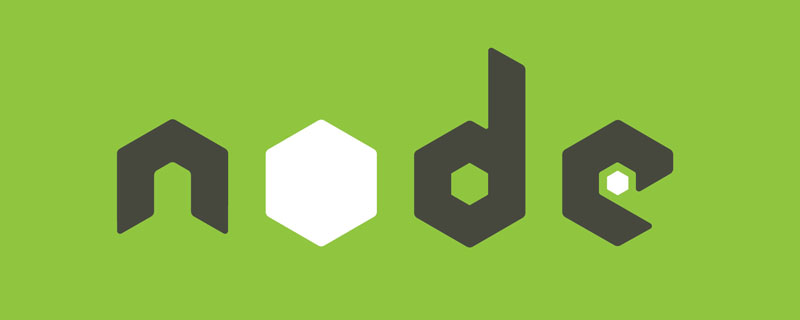 Vercel是什么?怎么部署Node服务?May 07, 2022 pm 09:34 PM
Vercel是什么?怎么部署Node服务?May 07, 2022 pm 09:34 PMVercel是什么?本篇文章带大家了解一下Vercel,并介绍一下在Vercel中部署 Node 服务的方法,希望对大家有所帮助!
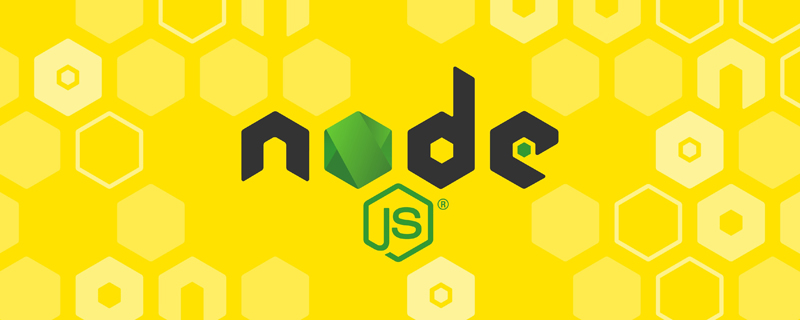 node.js gm是什么Jul 12, 2022 pm 06:28 PM
node.js gm是什么Jul 12, 2022 pm 06:28 PMgm是基于node.js的图片处理插件,它封装了图片处理工具GraphicsMagick(GM)和ImageMagick(IM),可使用spawn的方式调用。gm插件不是node默认安装的,需执行“npm install gm -S”进行安装才可使用。
 一文解析package.json和package-lock.jsonSep 01, 2022 pm 08:02 PM
一文解析package.json和package-lock.jsonSep 01, 2022 pm 08:02 PM本篇文章带大家详解package.json和package-lock.json文件,希望对大家有所帮助!
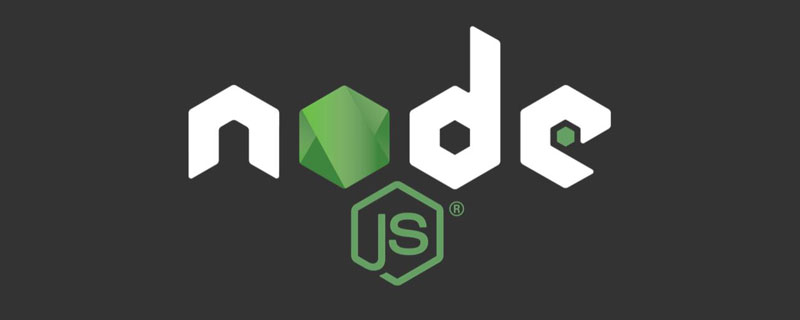 怎么使用pkg将Node.js项目打包为可执行文件?Jul 26, 2022 pm 07:33 PM
怎么使用pkg将Node.js项目打包为可执行文件?Jul 26, 2022 pm 07:33 PM如何用pkg打包nodejs可执行文件?下面本篇文章给大家介绍一下使用pkg将Node.js项目打包为可执行文件的方法,希望对大家有所帮助!
 分享一个Nodejs web框架:FastifyAug 04, 2022 pm 09:23 PM
分享一个Nodejs web框架:FastifyAug 04, 2022 pm 09:23 PM本篇文章给大家分享一个Nodejs web框架:Fastify,简单介绍一下Fastify支持的特性、Fastify支持的插件以及Fastify的使用方法,希望对大家有所帮助!
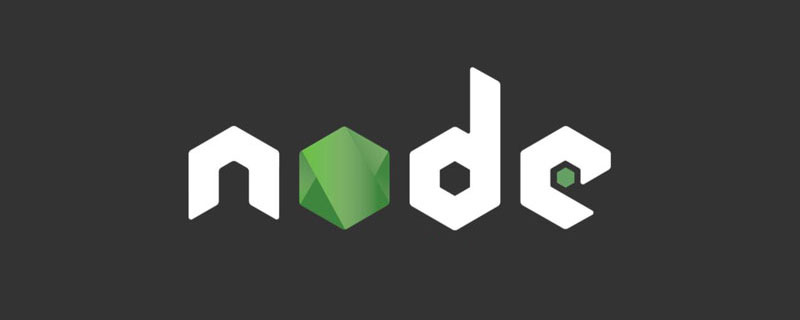 node爬取数据实例:聊聊怎么抓取小说章节May 02, 2022 am 10:00 AM
node爬取数据实例:聊聊怎么抓取小说章节May 02, 2022 am 10:00 AMnode怎么爬取数据?下面本篇文章给大家分享一个node爬虫实例,聊聊利用node抓取小说章节的方法,希望对大家有所帮助!
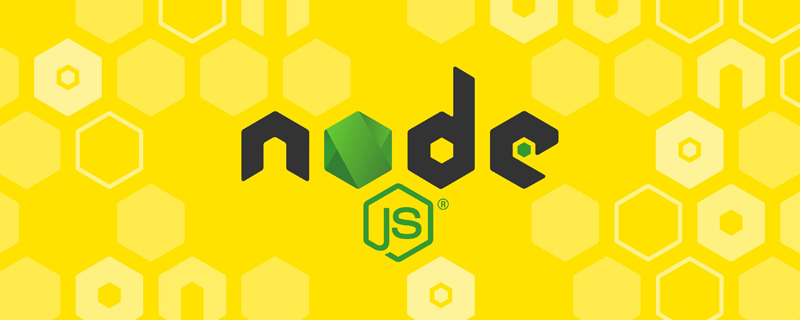 手把手带你使用Node.js和adb开发一个手机备份小工具Apr 14, 2022 pm 09:06 PM
手把手带你使用Node.js和adb开发一个手机备份小工具Apr 14, 2022 pm 09:06 PM本篇文章给大家分享一个Node实战,介绍一下使用Node.js和adb怎么开发一个手机备份小工具,希望对大家有所帮助!
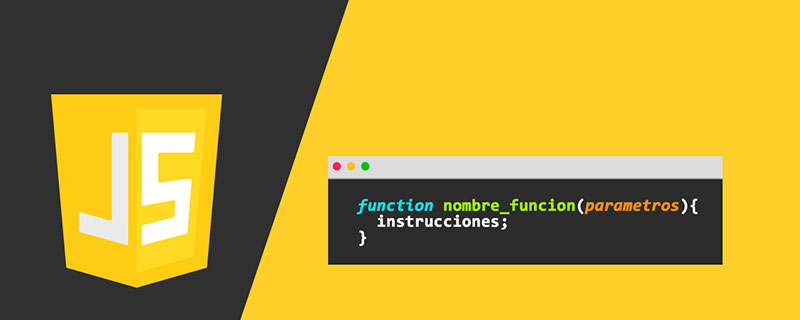 图文详解node.js如何构建web服务器Aug 08, 2022 am 10:27 AM
图文详解node.js如何构建web服务器Aug 08, 2022 am 10:27 AM先介绍node.js的安装,再介绍使用node.js构建一个简单的web服务器,最后通过一个简单的示例,演示网页与服务器之间的数据交互的实现。


Hot AI Tools

Undresser.AI Undress
AI-powered app for creating realistic nude photos

AI Clothes Remover
Online AI tool for removing clothes from photos.

Undress AI Tool
Undress images for free

Clothoff.io
AI clothes remover

AI Hentai Generator
Generate AI Hentai for free.

Hot Article

Hot Tools

SublimeText3 Chinese version
Chinese version, very easy to use

WebStorm Mac version
Useful JavaScript development tools

Zend Studio 13.0.1
Powerful PHP integrated development environment

SublimeText3 Linux new version
SublimeText3 Linux latest version

Safe Exam Browser
Safe Exam Browser is a secure browser environment for taking online exams securely. This software turns any computer into a secure workstation. It controls access to any utility and prevents students from using unauthorized resources.






